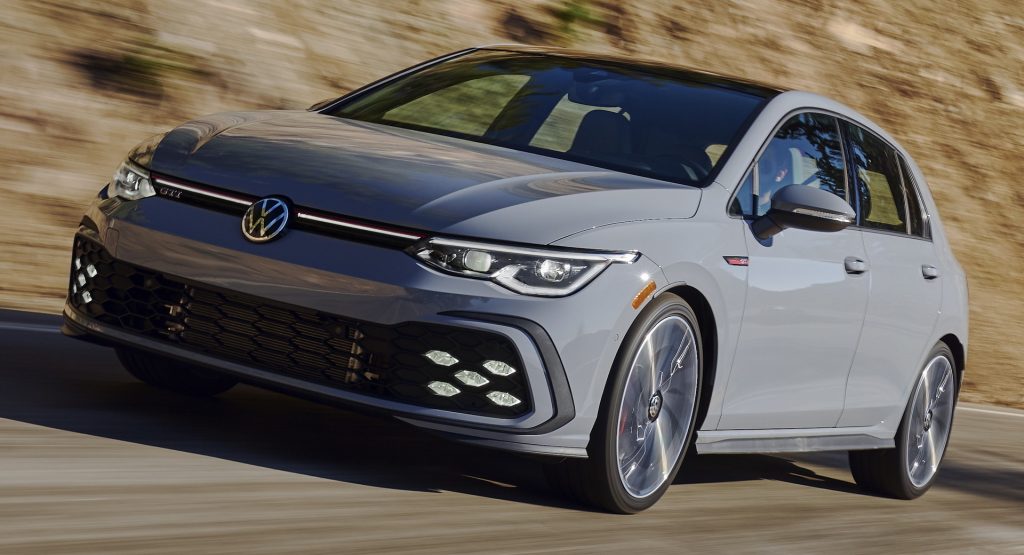Designing any car must be a huge responsibility, but for a car as well-loved and easily recognizable as the Golf GTI, the challenge is enormous. It’s not enough to reference the past, says Klaus Zyciora, who oversaw the design of the eighth generation of the hot hatch.
“The all-new GTI is a design statement; it merges a dynamic, sporty character with uncompromising functionality,” said Zyciora, who is now the head of Volkswagen Group design, but was the head of the VW brand’s department when the Golf GTI was designed. “We wanted to show that the GTI in its eighth generation has made a huge leap forward in performance.”
Of course, certain design cues were brought back to keep the car’s link to the past despite every body panel being new for the Mk8. A slim red line across the grille and a large intake featuring the GTI’s trademark honeycomb shapes continue the GTI’s 45-year history. Foglights in an X-shape in that grille look to move that history forward.
Read Also: Volkswagen’s Mk8 Golf GTI BBS Concept Looks To The 1980s Mk2 GTI For Inspiration
A lot of the forward-looking design, though, was already done with the standard Mk8 Golf. To differentiate the GTI from lesser models, the design team leaned on the visual language of sports cars.
“The new Golf GTI boasts a very low visual center of gravity, which we achieved through the wide air intakes at the front and the striking shoulder line,” said Zyciora. “The connection between upper grille element and headlights is much more precise, elongated even into the fenders, giving the car a much more concentrated and sportier look.”
Much of the design was determined by the wind, too. The mirrors and spoilers are both clear examples of the aerodynamic work that marks the GTI out from the rest of the breed, while underbody paneling and wheel well liners help give the hot hatch a drag coefficient of just 0.275.
For the U.S. market, specifically, VW chose to have five color options at launch. Even these are steeped in GTI history, as the Kings Red Metallic is an homage to the Mars Red that the first-generation car was offered in. Adding to the repertoire, though, the company will also offer a special Pomelo Yellow Metallic on the top Autobahn trim.
“We wanted to offer a bright, exciting color to herald the next generation of GTI,” said Megan Closset, Volkswagen Golf GTI Product Manager for the United States. “We’ve had some fun colors for past GTI generations, like Montana Green, Ginster Yellow, Rave Green, Magma Orange, and Cornflower Blue, to name a handful. Pomelo Yellow Metallic will mark the launch of the Mk 8 GTI in an instantly recognizable way.”
Inside, too, the balancing of the past, present, and future can be seen. On the manual models, the car is offered with a shift knob that’s dimpled like a golf ball, another reference to the Mk1 GTI. The dual-clutch version of the car, though, eschews the gearstick altogether, favoring a gear switch that opens up more room between the seats for the center console.
The digital cockpit and the up-to-10-inch infotainment screen are the latest future-facing additions to the car’s interior. The team has also incorporated subtler technology into the cabin, such as the start/stop button that pulses once you enter the car.
“Each member of our team is aware of the responsibility on their shoulders when developing a new Golf GTI. Evolving an icon like this is an enormous challenge, but also the most exciting thing that can happen to you as a designer,” said Zyciora. “I think that we have done a particularly good job.”
























